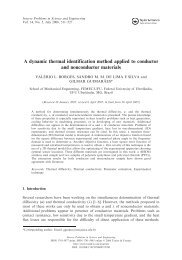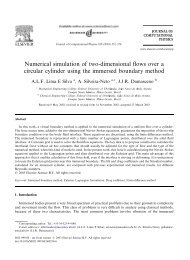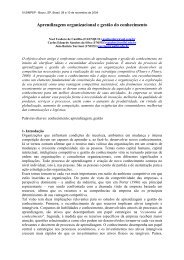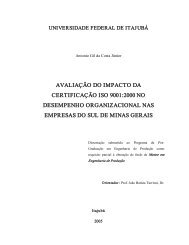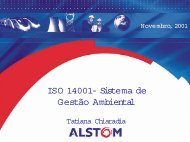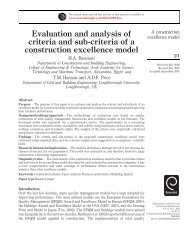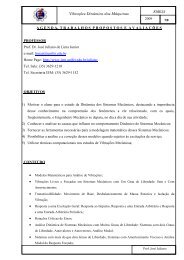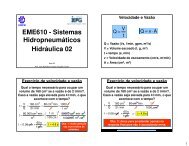Why Total Quality Management Programs Do Not Persist: The ... - IEM
Why Total Quality Management Programs Do Not Persist: The ... - IEM
Why Total Quality Management Programs Do Not Persist: The ... - IEM
Create successful ePaper yourself
Turn your PDF publications into a flip-book with our unique Google optimized e-Paper software.
640 <strong>Why</strong> <strong>Total</strong> <strong>Quality</strong> <strong>Management</strong> <strong>Programs</strong> <strong>Do</strong> <strong>Not</strong> <strong>Persist</strong><br />
Beer, M., & Nohria, N. (2000). Cracking the code of change. Harvard Business<br />
Review, (June–July), 133–141.<br />
Beer, M., & Weber, J. (1997). Asda (A) (A1) (B) (C) Cases. Boston: Harvard<br />
Business School.<br />
Beer, M., & Williamson, A. (1991). Becton Dickinson (D1): SHRM Update Case.<br />
Boston: Harvard Business School.<br />
Benner, M. J., & Tushman, M. L. (in press). Exploration, exploitation, and process<br />
management: <strong>The</strong> productivity dilemma revisited. Academy of <strong>Management</strong><br />
Review.<br />
Buzzell, R. D., & Gale, B. T. (1987). <strong>The</strong> PIMS principles: Linking strategy to<br />
performance. New York: Free Press.<br />
Deming, E. W. (1986). Out of the crisis. Cambridge, MA: Massachusetts Institute<br />
of Technology, Center for Advanced Engineering Study.<br />
DiMaggio, P. J., & Powell, W. W. (1983). <strong>The</strong> iron cage revisited: Institutional<br />
isomorphism and collective rationality in organizational field. American Sociological<br />
Review, 48, 147–160.<br />
Edmondson, A. (1999). Psychological safety and learning behavior in work teams.<br />
Administrative Science Quarterly, 44, 350–383.<br />
Edmondson, A., & Woolley, A. (2003). Understanding outcomes of organizational<br />
learning interventions. In M. Easterby-Smith & M. Lyles. (Eds.), International<br />
handbook of organizational learning and knowledge management.<br />
London: Blackwell, 185–211.<br />
Ernst & Young & American <strong>Quality</strong> Foundation. (1992). <strong>The</strong> international quality<br />
study: <strong>The</strong> definitive study of the best international quality management<br />
practices: Top-line findings. Cleveland, OH: Ernst & Young.<br />
Fleishman, E. A., Harris, E. F., & Burtt, H. E. (1955). Leadership and supervision<br />
in industry. Columbus, OH: Ohio State University, Bureau of Educational<br />
Research.<br />
Hackman, J. R., & Wageman, R. (1995). <strong>Total</strong> quality management: Empirical,<br />
conceptual and practical issues. Administrative Science Quarterly, 40, 309–<br />
342.<br />
Hendricks, K. B., & Singhal, V. (1997). <strong>Do</strong>es implementing an effective TQM<br />
program actually improve operating performance? Empirical evidence from<br />
firms that have won quality awards. <strong>Management</strong> Science, 43, 1258–<br />
1274.<br />
Hendricks, K. B., & Singhal, V. (2001). <strong>The</strong> long-run stock price performance of<br />
firms with effective TQM programs. <strong>Management</strong> Science, 47, 359–368.<br />
Jick, T., & Rosegrant, S. (1990). John Smithers at Sigtek, Case # 9-491-035. Boston:<br />
Harvard Business School.<br />
Juran, J. (1989). Juran on leadership for quality. New York: Free Press.<br />
Kelly, K. (1992). <strong>Quality</strong>: Small and midsize companies seize the challenge—not<br />
a moment too soon. Business Week, 30, 66–99.



